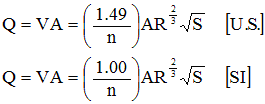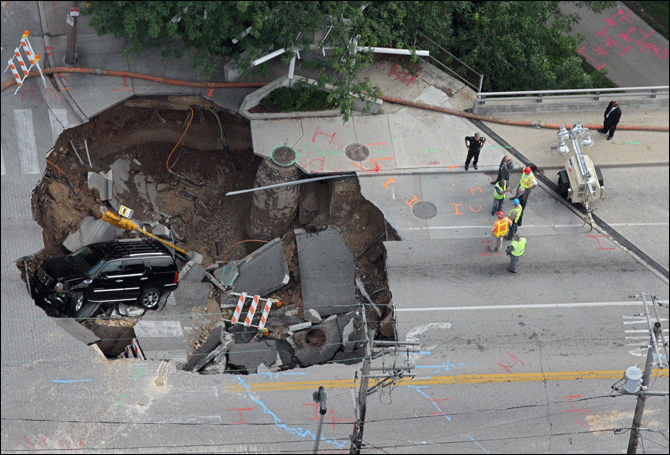NCEES Civil Sample Problems & Solutions (2008 edition)
Problem 119. The 1-hour unit hydrogrograph for a watershed is given in the figure below. A 2-hour storm of intensity of 0.5 in./hr in this watershed produces a total excess volume of water (acre-ft) of most nearly: A) 0.01, B) 37, C) 75, D) 450. Below the graph(discharge vs. time (which I haven't included but is not significant to solve the problem) is a table with values from the graph as follows:
Time (hours) 0 1 2 3 4 5 6
Discharge (cfs) 0 75 200 100 50 25 0
To solve, use the numbers from the table to create another table with Qu, Q1, Q2 and Qtotal. Sum the Q totals and convert from cfs to acre-ft.
Now, what is the significance of the 2 hour storm and 0,5 in.hr intensity. What is the key in these problems for knowing to use the numbers in the table as is or having to adjust for a Qu? I have seen a few problems (still going through old notes to find) where the tabular numbers given have to be adjust to the "unit" hydrograph of the storm. This problem as it stands would be simple. What throws me is knowing when to use what your are given versus when you have to convert for Qu. Thanks.


























